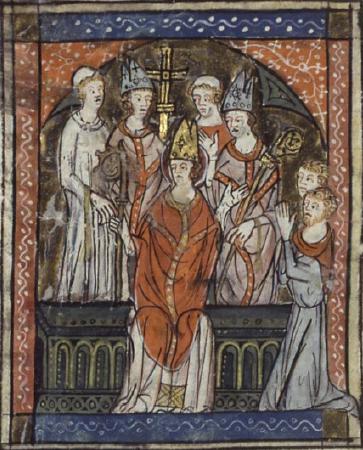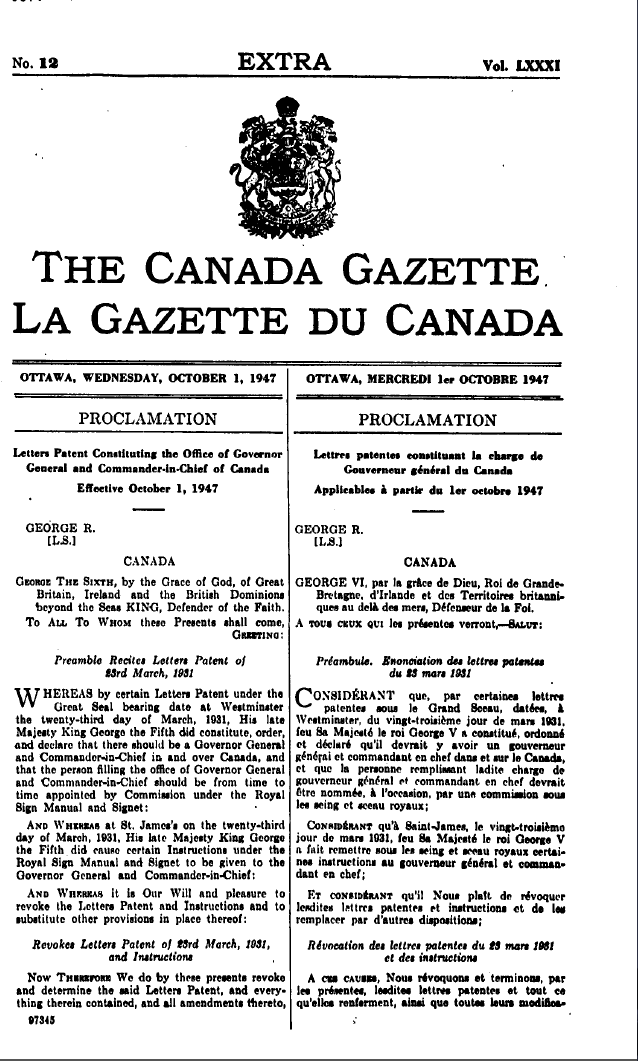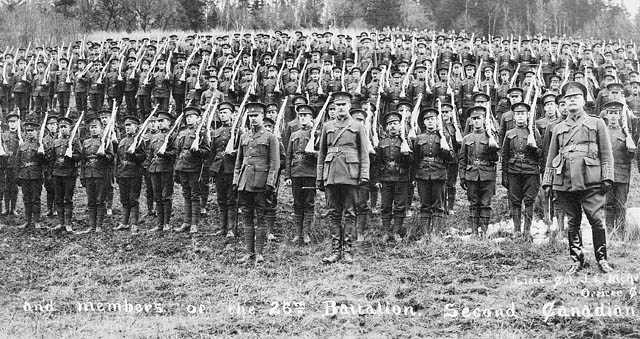|
Chérisy
Chérisy () is a commune in the Pas-de-Calais department in the Hauts-de-France region of France. Geography A small farming village located 9 miles (15 km) southeast of Arras on the D9 junction with the D38 road. Population Places of interest * The church of Saint-Vaast, rebuilt, like most of the village after the ravages of World War I. * World War I cemeteries. World War I Chérisy village, south-east of Arras, in the Pas-de-Calais, France, was captured by the 18th Division on 3 May 1917, but lost the same night. It then remained in German hands until it was retaken by the Canadian Corps on 27 August 1918. It was in the retaking of Chérisy that Major Georges Philias Vanier, the future GOC of the Royal 22e Régiment and Governor General of Canada (1959–1967) was wounded, as a result of which his leg was amputated. In addition to Vanier, GOC of the 26th Battalion, Lt-Col. A. E. G. McKenzie was killed during action on 28 August 1918. Quebec Cemetery, Chérisy. Man ... [...More Info...] [...Related Items...] OR: [Wikipedia] [Google] [Baidu] |
Cherisy
Cherisy () is a commune in the Eure-et-Loir department in northern France. Population See also *Communes of the Eure-et-Loir department The following is a list of the 365 communes of the Eure-et-Loir department of France. The communes cooperate in the following intercommunalities (as of 2020):Communes of Eure-et-Loir {{EureLoir-geo-stub ... [...More Info...] [...Related Items...] OR: [Wikipedia] [Google] [Baidu] |
Communauté De Communes Du Sud-Artois
The Communauté de communes du Sud-Artois is a '' communauté de communes'', an intercommunal structure, in the Pas-de-Calais department, in the Hauts-de-France region, northern France. It was created in January 2013 by the merger of the former communautés de communes Région de Bapaume, canton de Bertincourt and Sud Arrageois (partly). Its area is 426.1 km2, and its population was 27,349 in 2018.Comparateur de territoire INSEE, accessed 8 April 2022. Its seat is in Bapaume.CC du Sud-Artois (N° SIREN : ... [...More Info...] [...Related Items...] OR: [Wikipedia] [Google] [Baidu] |
Georges Philias Vanier
Georges-Philias Vanier (23 April 1888 – 5 March 1967) was a Canadian military officer and diplomat who served as governor general of Canada, the first Quebecer and second Canadian-born person to hold the position. Vanier was born and educated in Quebec. In 1906, he was valedictorian when he graduated with a BA from Loyola College. After earning a university degree in law, he served in the Canadian army during the First World War; on the European battlefields, he lost a leg and was commended for his actions with a number of decorations from King George V. Subsequently, Vanier returned to Canada and remained in the military until the early 1930s, when he was posted to diplomatic missions in Europe. With the outbreak of the Second World War, Vanier once again became active in the military, commanding troops on the home front until the cessation of hostilities in 1945, whereupon he returned to diplomatic circles. He was appointed to replace Vincent Massey as gover ... [...More Info...] [...Related Items...] OR: [Wikipedia] [Google] [Baidu] |
Communes Of The Pas-de-Calais Department
The following is a list of the 890 communes of the Pas-de-Calais department of France. The communes cooperate in the following intercommunalities (as of 2020):BANATIC Périmètre des EPCI à fiscalité propre. Accessed 3 July 2020. * Communauté urbaine d'Arras * Communauté d'agglomération de Béthune-Bruay, Artois-Lys Romane * Communauté d'a ... [...More Info...] [...Related Items...] OR: [Wikipedia] [Google] [Baidu] |
Communes Of France
The () is a level of administrative division in the French Republic. French are analogous to civil townships and incorporated municipalities in the United States and Canada, ' in Germany, ' in Italy, or ' in Spain. The United Kingdom's equivalent are civil parishes, although some areas, particularly urban areas, are unparished. are based on historical geographic communities or villages and are vested with significant powers to manage the populations and land of the geographic area covered. The are the fourth-level administrative divisions of France. vary widely in size and area, from large sprawling cities with millions of inhabitants like Paris, to small hamlets with only a handful of inhabitants. typically are based on pre-existing villages and facilitate local governance. All have names, but not all named geographic areas or groups of people residing together are ( or ), the difference residing in the lack of administrative powers. Except for the municipal arr ... [...More Info...] [...Related Items...] OR: [Wikipedia] [Google] [Baidu] |
Pas-de-Calais
Pas-de-Calais (, " strait of Calais"; pcd, Pas-Calés; also nl, Nauw van Kales) is a department in northern France named after the French designation of the Strait of Dover, which it borders. It has the most communes of all the departments of France, 890, and is the 8th most populous. It had a population of 1,465,278 in 2019.Populations légales 2019: 62 Pas-de-Calais INSEE The Calais Passage connects to the on the . Pas-de-Calais borders the departments of [...More Info...] [...Related Items...] OR: [Wikipedia] [Google] [Baidu] |
Hauts-de-France
Hauts-de-France (; pcd, Heuts-d'Franche; , also ''Upper France'') is the northernmost region of France, created by the territorial reform of French regions in 2014, from a merger of Nord-Pas-de-Calais and Picardy. Its prefecture is Lille. The new region came into existence on 1 January 2016, after regional elections in December 2015. The Conseil d'État approved Hauts-de-France as the name of the region on 28 September 2016, effective the following 30 September. With 6,009,976 inhabitants (as of 1 January 2015) and a population density of 189 inhabitants/km2, it is the third most populous region in France and the second most densely populated in metropolitan France after its southern neighbour Île-de-France. It is bordered by Belgium to the north. Toponymy The region's interim name ''Nord-Pas-de-Calais-Picardie'' was a hyphenated placename, created by hyphenating the merged regions' names—'' Nord-Pas-de-Calais'' and '' Picardie''—in alphabetical order. On 14 March ... [...More Info...] [...Related Items...] OR: [Wikipedia] [Google] [Baidu] |
World War I
World War I (28 July 1914 11 November 1918), often abbreviated as WWI, was List of wars and anthropogenic disasters by death toll, one of the deadliest global conflicts in history. Belligerents included much of Europe, the Russian Empire, the United States, and the Ottoman Empire, with fighting occurring throughout Europe, the Middle East, Africa, the Pacific Ocean, Pacific, and parts of Asia. An estimated 9 million soldiers were killed in combat, plus another 23 million wounded, while 5 million civilians died as a result of military action, hunger, and disease. Millions more died in Genocides in history (World War I through World War II), genocides within the Ottoman Empire and in the Spanish flu, 1918 influenza pandemic, which was exacerbated by the movement of combatants during the war. Prior to 1914, the European great powers were divided between the Triple Entente (comprising French Third Republic, France, Russia, and British Empire, Britain) and the Triple A ... [...More Info...] [...Related Items...] OR: [Wikipedia] [Google] [Baidu] |
Arras
Arras ( , ; pcd, Aro; historical nl, Atrecht ) is the prefecture of the Pas-de-Calais department, which forms part of the region of Hauts-de-France; before the reorganization of 2014 it was in Nord-Pas-de-Calais. The historic centre of the Artois region, with a Baroque town square, Arras is in Northern France at the confluence of the rivers Scarpe and Crinchon. The Arras plain is on a large chalk plateau bordered on the north by the Marqueffles fault, on the southwest by the Artois and Ternois hills, and on the south by the slopes of Beaufort-Blavincourt. On the east it is connected to the Scarpe valley. Established during the Iron Age by the Gauls, the town of Arras was first known as ''Nemetocenna'', which is believed to have originated from the Celtic word '' nemeton'', meaning 'sacred space.' Saint Vedast (or St. Vaast) was the first Catholic bishop in the year 499 and tried to eliminate paganism among the Franks. By 843, Arras was seat of the County of Artois w ... [...More Info...] [...Related Items...] OR: [Wikipedia] [Google] [Baidu] |
Royal 22e Régiment
The Royal 22nd Regiment (R22R; french: Royal 22e Régiment) is an infantry regiment of the Canadian Army. Known colloquially in English as the Van Doos (representing an English phonology, anglicized pronunciation of the French number twenty-two, ) or in French as , the mostly francophone regiment comprises three Regular Force battalions, two Primary Reserve battalions, and a band, making it the largest regiment in the Canadian Army. The headquarters (french: quartier général) of the regiment is at the Citadelle of Quebec in Quebec City, also the site of the regimental museum, and all three of its regular battalions are stationed at CFB Valcartier, Canadian Forces Base Valcartier in Saint-Gabriel-de-Valcartier, outside of Quebec City. The regiment serves as the "local" infantry regiment for the province of Quebec, where it draws most of its recruits. History While the Royal 22e Régiment commemorates the history and traditions of the Canadian Regiment of Fencible Infantry from ... [...More Info...] [...Related Items...] OR: [Wikipedia] [Google] [Baidu] |
Governor General Of Canada
The governor general of Canada (french: gouverneure générale du Canada) is the federal viceregal representative of the . The is head of state of Canada and the 14 other Commonwealth realms, but resides in oldest and most populous realm, the United Kingdom. The , on the advice of Canadian prime minister, appoints a governor general to carry on the Government of Canada in the 's name, performing most of constitutional and ceremonial duties. The commission is for an indefinite period—known as serving '' at Majesty's pleasure''—though five years is the usual length of time. Since 1959, it has also been traditional to alternate between francophone and anglophone officeholders—although many recent governors general have been bilingual. The office began in the 17th century, when the French crown appointed governors of the colony of Canada. Following the British conquest of the colony, the British monarch appointed governors of the Province of Quebec (later the C ... [...More Info...] [...Related Items...] OR: [Wikipedia] [Google] [Baidu] |
26th Battalion, CEF
The 26th Battalion (New Brunswick) CEF, was an infantry battalion of the Canadian Expeditionary Force during World War I. The 26th Battalion recruited throughout New Brunswick and was mobilized at Saint John, New Brunswick. The 26th Battalion (New Brunswick), CEF, is perpetuated by The Royal New Brunswick Regiment. History The battalion was authorized on 7 November 1914 and embarked for Britain on 15 June 1915. It disembarked in France on 16 September, where it fought as part of the 5th Canadian Infantry Brigade, 2nd Canadian Division in France and Flanders until the end of the war. The battalion was disbanded on 30 August 1920. Commanding Officers The 26th battalion had six Officers Commanding: *Lt.-Col. J.L. McAvity, 15 June 1915 – 29 May 1916 *Lt.-Col. A.E.G. McKenzie, DSO, 29 May 1916 – 2 July 1917 *Lt.-Col. W.R. Brown, DSO, 2 July 1917 – 4 October 1917 *Lt.-Col. A.E.G. McKenzie, DSO, 4 October 1917 – 29 September 1918 *Maj. C.G. Porter, DSO, 28 August 1918 � ... [...More Info...] [...Related Items...] OR: [Wikipedia] [Google] [Baidu] |





